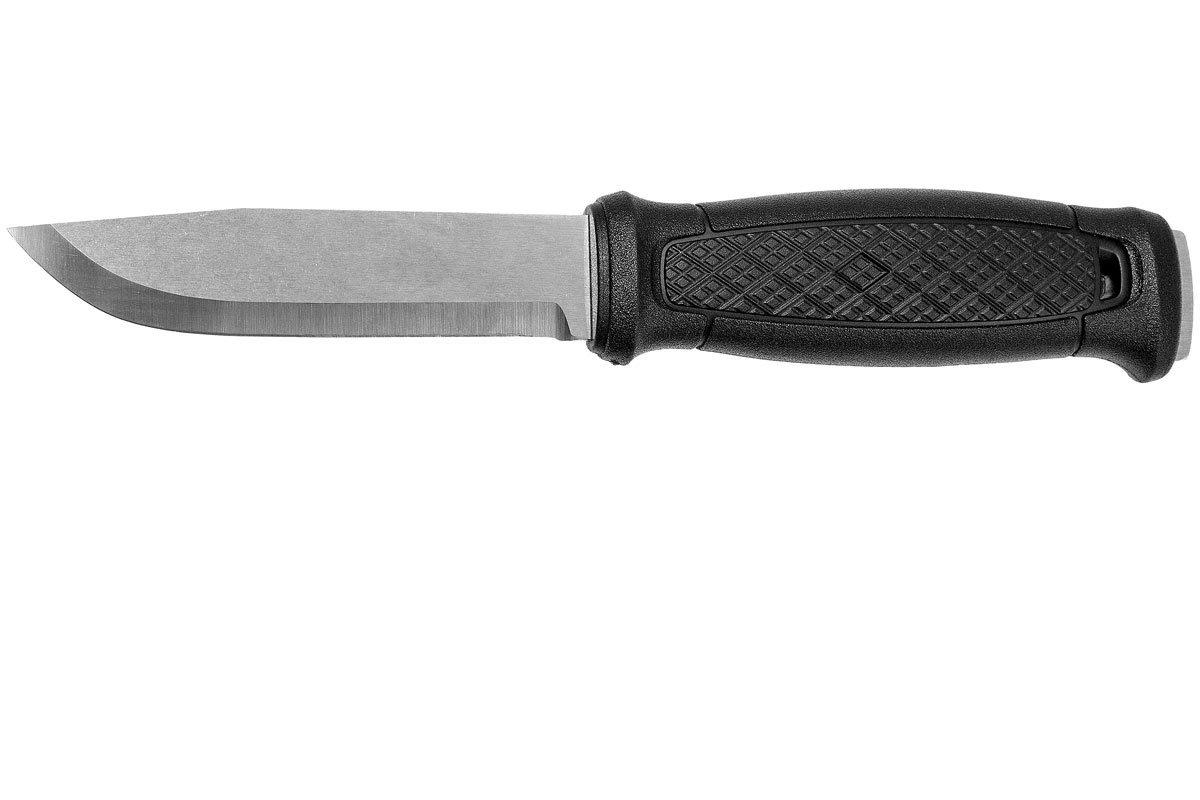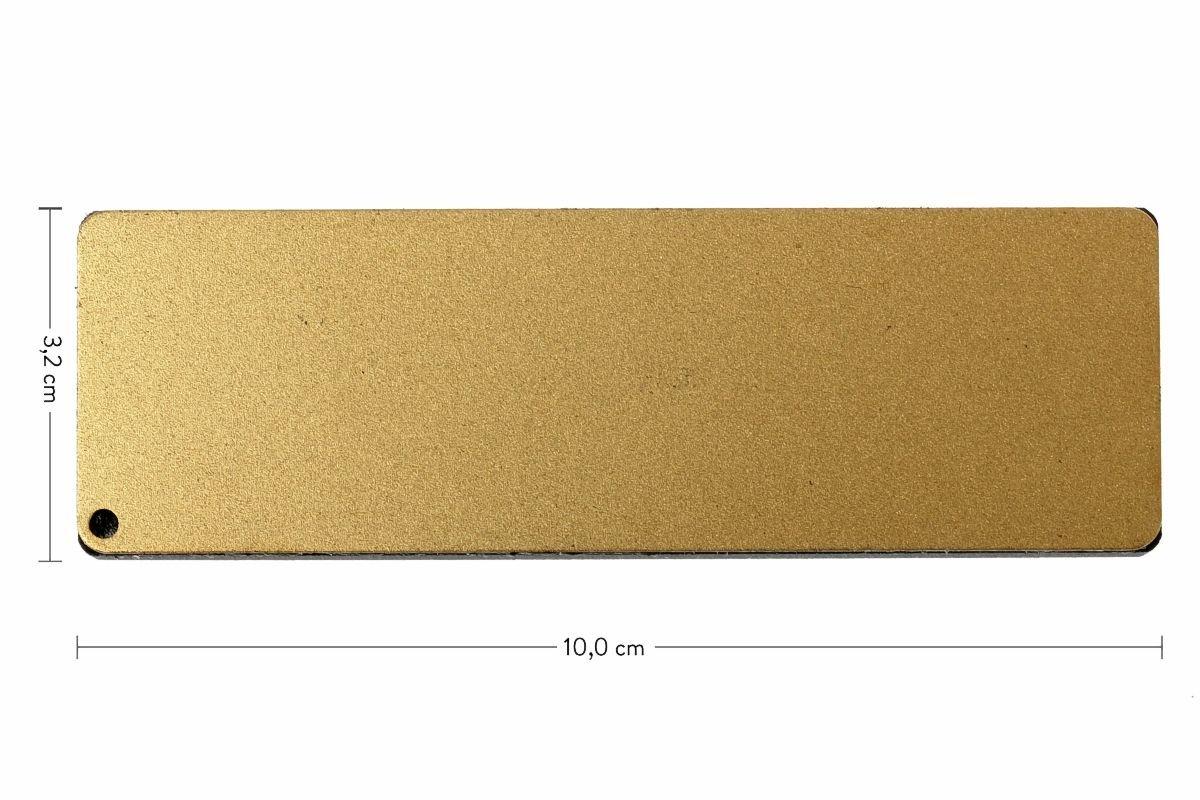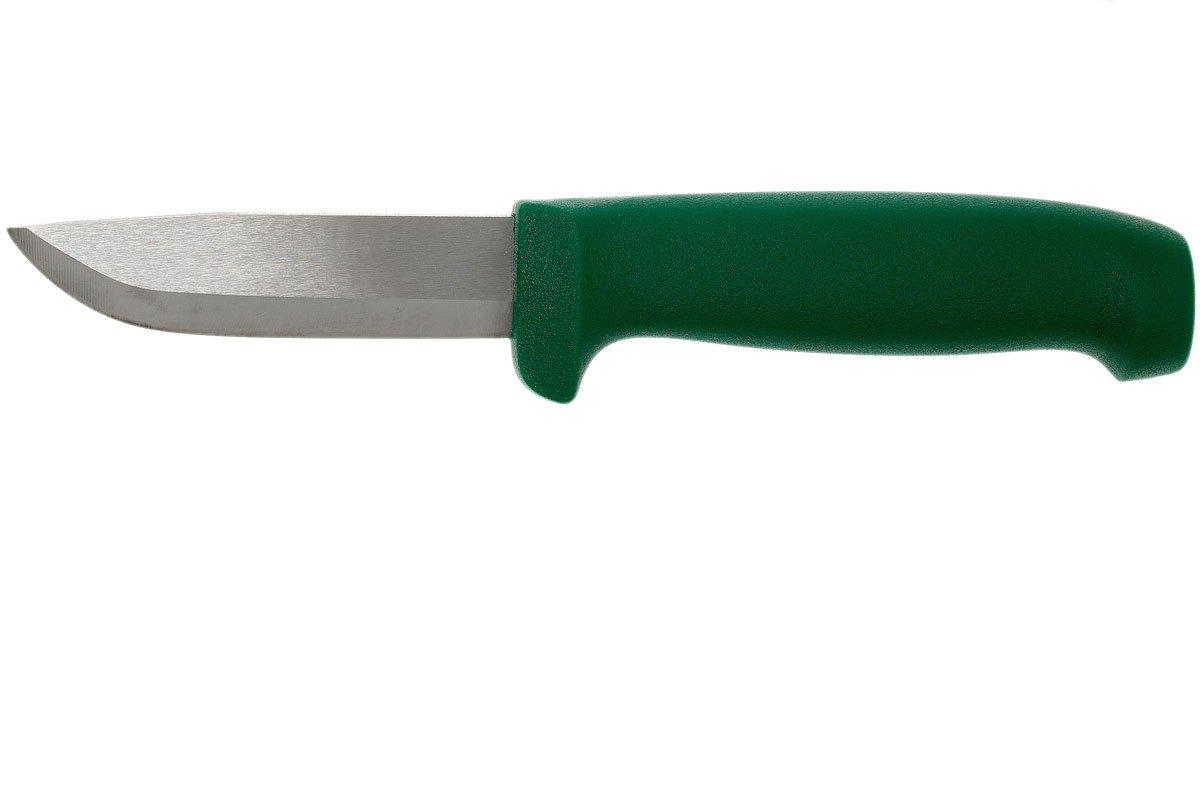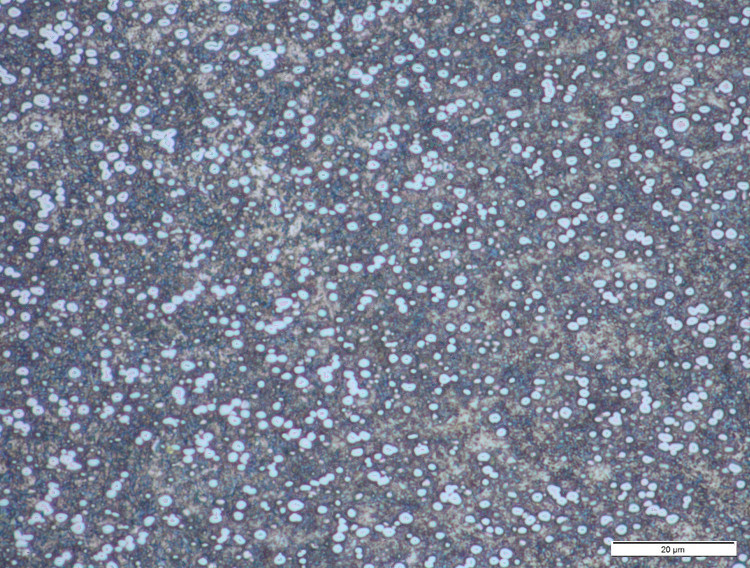Interestingly. I actually use a Muela (not that model, but the Rhino but looking at that knife a lot of my comments could apply)
It's not the best for bushcrafty things, though better after thinning out and convexing the edge. I think the factory grind was 25 degrees a side or close to that, which sucked for most things.
I didn't like that knife at all in the beginning. It was given to me and it took a lot of time to get it how I like it. The choil still annoys me too because it's where I would prefer to have an edge for more powerful cuts. The handle also fatigues your hand while carving.
I like to do a thing where I can only use one knife for everything from food prep to practicing carving traps and opening packages, etc. I do this for at least a month with any knife I have. So now I can do most things with that Muela and actually pack it as a camping knife or when I go fishing. The sabre grind is better than a scandi for food prep and I can achieve most woodworking chores with it. Sometimes it's broadness gets in the way for notches.
It stays in rotation along with 2 versions of Marttiini lynx's I have. A stainless one of which is my favourite knife currently and thin enough to not suck at food prep needs. The Marrttiinis are better at almost everything except cutting root vegetables, but they have a stick tang so wouldn't be battoning with them (not that I have much need to do that anyway, but there is a peace of mind in knowing that you could if you needed to)
My point is your preferences come from familiarity a lot of the time. But the scandis are better for bushcrafty stuff than that Muela would be. If you don't an on woodworking and need it mostly for food I would look at flat or sabre ground blade. Maybe that lionsteel, or a joker campero or something.
Side bar... i also have a BPS B1 which does everything well enough, but has fallen out of favour with me because I prefer my Marrttiinis. I think a Mora companion is still a better deal than the BPS knife anyway (I have the MG which is the thinner carbon and you can't really fault it).
Sorry for a long answer with no real answer in it. I agree with the advice to buy a companion and then figure out what you want by using it. Also stick to what you buy for a while before buying more. Get familiar enough to know why you need a change
It's not the best for bushcrafty things, though better after thinning out and convexing the edge. I think the factory grind was 25 degrees a side or close to that, which sucked for most things.
I didn't like that knife at all in the beginning. It was given to me and it took a lot of time to get it how I like it. The choil still annoys me too because it's where I would prefer to have an edge for more powerful cuts. The handle also fatigues your hand while carving.
I like to do a thing where I can only use one knife for everything from food prep to practicing carving traps and opening packages, etc. I do this for at least a month with any knife I have. So now I can do most things with that Muela and actually pack it as a camping knife or when I go fishing. The sabre grind is better than a scandi for food prep and I can achieve most woodworking chores with it. Sometimes it's broadness gets in the way for notches.
It stays in rotation along with 2 versions of Marttiini lynx's I have. A stainless one of which is my favourite knife currently and thin enough to not suck at food prep needs. The Marrttiinis are better at almost everything except cutting root vegetables, but they have a stick tang so wouldn't be battoning with them (not that I have much need to do that anyway, but there is a peace of mind in knowing that you could if you needed to)
My point is your preferences come from familiarity a lot of the time. But the scandis are better for bushcrafty stuff than that Muela would be. If you don't an on woodworking and need it mostly for food I would look at flat or sabre ground blade. Maybe that lionsteel, or a joker campero or something.
Side bar... i also have a BPS B1 which does everything well enough, but has fallen out of favour with me because I prefer my Marrttiinis. I think a Mora companion is still a better deal than the BPS knife anyway (I have the MG which is the thinner carbon and you can't really fault it).
Sorry for a long answer with no real answer in it. I agree with the advice to buy a companion and then figure out what you want by using it. Also stick to what you buy for a while before buying more. Get familiar enough to know why you need a change








